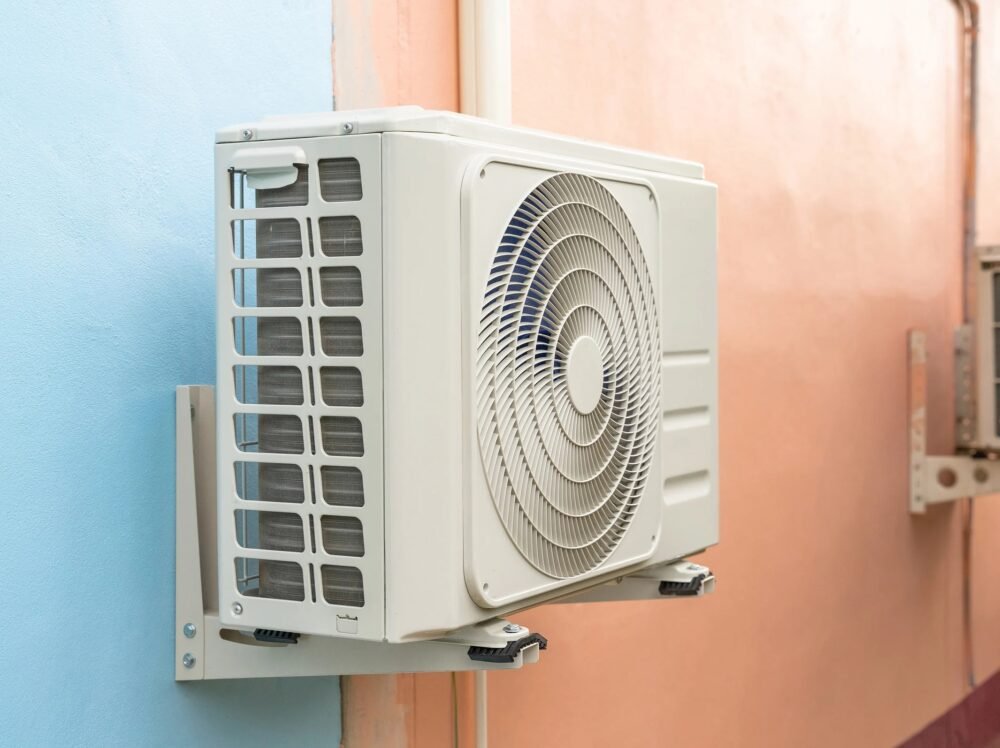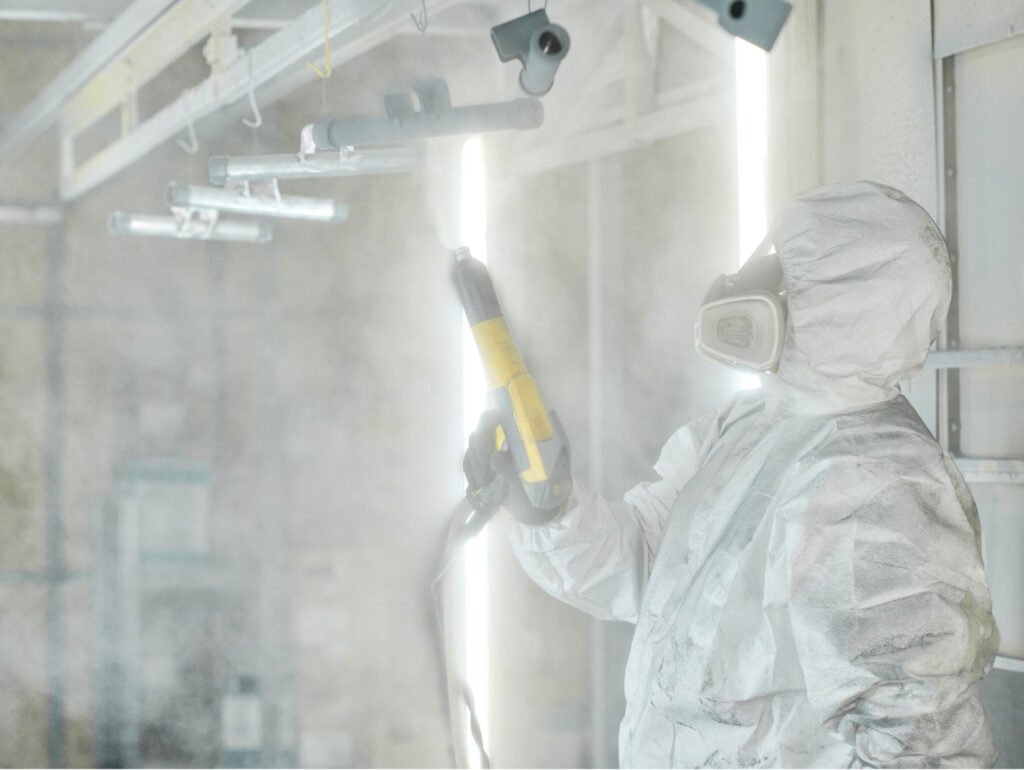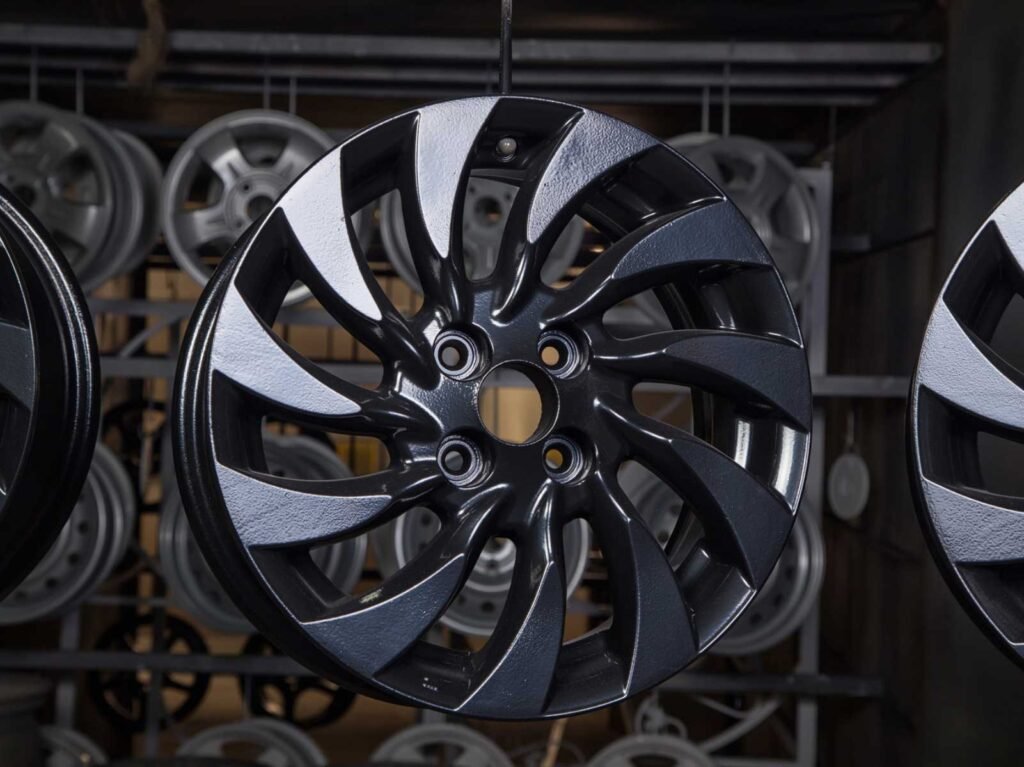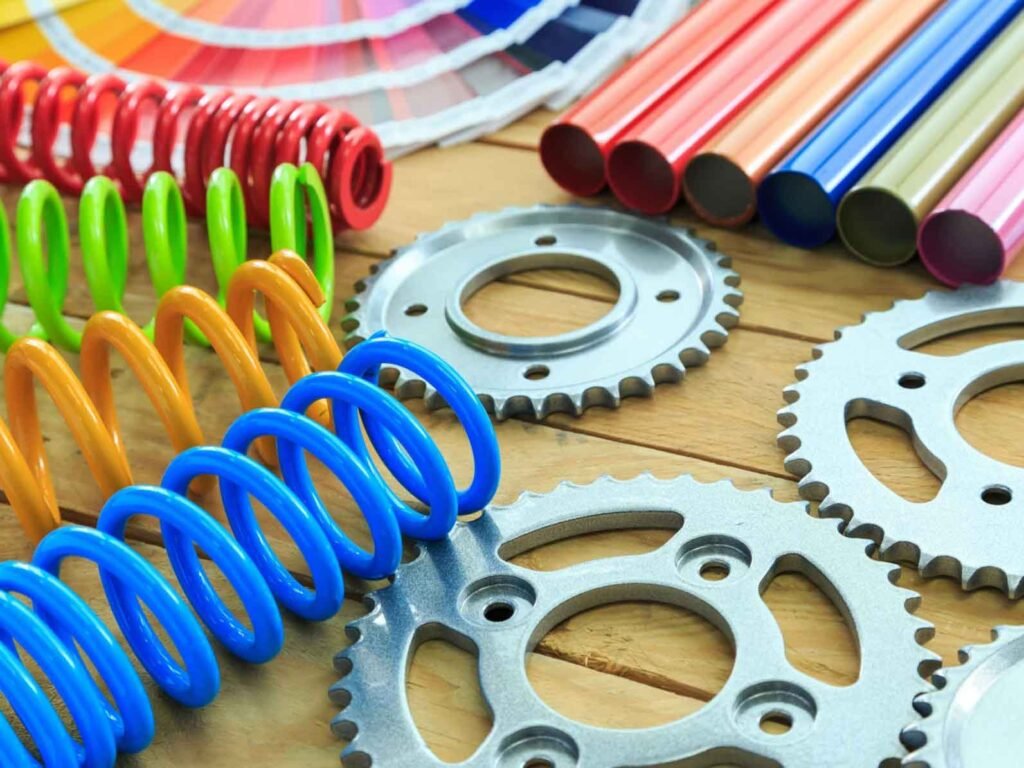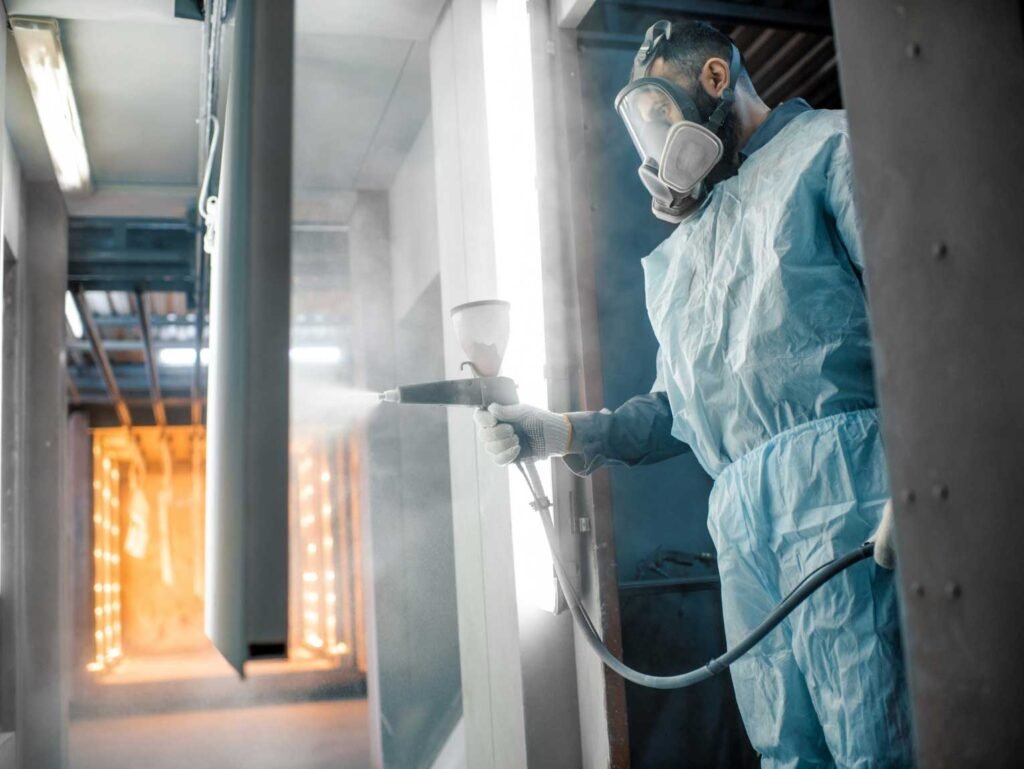Powder coating is widely recognized for its durability, but just how long can you expect it to last?
A properly applied and maintained powder coating can last 15 to 20 years or more, depending on factors like environmental exposure, coating quality, and surface preparation. Its longevity often outperforms traditional paint, making it an ideal choice for high-wear and outdoor applications.
This article will explore the key factors that affect the lifespan of powder coating, its durability in various applications, and how to maximize its performance with proper care.
What Factors Affect the Lifespan of Powder Coating?
Several factors influence how long a powder-coated finish will last, including application quality, environmental conditions, and the type of powder used.
The lifespan of powder coating depends on proper surface preparation, correct curing, and choosing the right type of powder for the application environment. Additionally, environmental exposure, such as UV rays or corrosive conditions, plays a significant role in its durability.
Quality of Application
- Surface Preparation: Before applying powder coating, surfaces must be thoroughly cleaned and treated to remove contaminants. This ensures strong adhesion and prevents premature failure. Methods like sandblasting, phosphate coating, or chemical cleaning are common pre-treatment techniques.
- Proper Curing: During the application process, powder-coated items must be baked at the correct temperature and duration in a curing oven. Insufficient curing can lead to weak bonds, reducing the durability of the finish.
Environmental Exposure
- UV Rays and Weather: Prolonged exposure to sunlight and fluctuating temperatures can degrade certain powders. Choosing UV-resistant powders for outdoor applications can extend the coating’s lifespan.
- Corrosive Environments: Saltwater, chemicals, and industrial pollutants can accelerate wear. Corrosion-resistant powders with special formulations are essential for marine, chemical, or industrial environments.
Types of Powder Coating
1. UV-Resistant Powder Coatings
Designed to withstand prolonged exposure to sunlight, these coatings maintain their color and finish over time, making them ideal for outdoor applications.
Examples of Powder Types:
- Polyester Powders: Known for excellent UV resistance, widely used in outdoor furniture, architectural panels, and automotive parts.
- Super Durable Polyesters: Enhanced versions of standard polyester powders, offering even longer-lasting UV stability for demanding outdoor environments.
2. Corrosion-Resistant Powder Coatings
These coatings provide strong protection against rust and chemical attack, ensuring the longevity of metal surfaces in harsh environments.
Examples of Powder Types:
- Epoxy Powders: Excellent for corrosion resistance, commonly used in pipelines, electrical enclosures, and industrial machinery.
- Fusion-Bonded Epoxy (FBE): Frequently used in the oil and gas industry for coating pipelines and valves, offering superior corrosion resistance.
- Zinc-Rich Powders: Formulated with zinc particles, these powders provide sacrificial protection to steel, preventing rust formation in highly corrosive environments.
3. Heat-Resistant Powder Coatings
These powders are designed to endure high temperatures without losing adhesion or finish, making them suitable for thermal or industrial applications.
Examples of Powder Types:
- Silicone-Based Powders: Provide exceptional heat resistance, often used on exhaust systems, cooking appliances, and heat shields.
- High-Temperature Epoxies: Combine heat resistance with excellent durability, used in applications requiring consistent exposure to elevated temperatures.
4. Impact-Resistant and Flexible Powder Coatings
These coatings are tailored to withstand physical impacts and surface deformation, making them suitable for items subject to bending, stretching, or rough handling.
Examples of Powder Types:
- Polyurethane Powders: Known for their toughness and flexibility, commonly used on furniture, tools, and equipment.
- Thermoplastic Powders (e.g., Polyvinyl Chloride – PVC): Re-meltable and highly flexible, often used for coating wires, fencing, and protective layers.
5. Decorative and Aesthetic Powder Coatings
For applications where visual appeal is a priority, these powders offer vibrant colors, textures, and specialty finishes.
Examples of Powder Types:
- Hybrid Powders (Epoxy-Polyester Blends): Provide a balance between durability and decorative appeal, often used in indoor furniture and consumer goods.
- Metallic and Pearlescent Powders: Create unique finishes with shimmer or sparkle, used in appliances, fixtures, and automotive parts.
- Textured Powders: Offer finishes such as wrinkle, hammertone, or matte, ideal for hiding surface imperfections while adding a design element.
Is Powder Coating Durable in Different Applications?
Powder coating’s performance and longevity vary depending on the application. It shines in areas requiring durability and resistance to wear, but specific use cases highlight its strengths.
Powder coating excels in automotive, outdoor, and industrial applications, often lasting 15 to 20 years or more. Its durability makes it the go-to option for surfaces exposed to constant wear or harsh environments. However, the performance of powder coating can vary depending on the specific application.
1. Automotive and Industrial Use
- Automotive Parts: Wheels, chassis, and other vehicle parts benefit from powder coating’s resistance to road debris, salt, and weather. With proper maintenance, these coatings often last over 15 years.
- Industrial Equipment: Machinery and tools in harsh environments rely on powder coating for protection against abrasion, chemicals, and wear. Powder coatings here not only protect but extend the equipment’s operational life.
2. Outdoor Furniture and Structures
- Weather Resistance: Powder-coated outdoor furniture and structures maintain their appearance and function even under harsh sunlight, rain, and snow. With proper maintenance, they can last between 10 and 20 years.
3. Household Appliances
- Indoor Durability: Powder coating is widely used in appliances like refrigerators, washing machines, and ovens. These items benefit from its scratch resistance, aesthetic appeal, and longevity, lasting decades in protected indoor environments.
How Can You Extend the Lifespan of Powder Coating?
While powder coating is inherently durable, taking steps to maintain and care for the coating can significantly prolong its life.
Regular cleaning, prompt repair of damages, and applying protective coatings can help maximize the lifespan of powder-coated surfaces, ensuring they stay durable and visually appealing for years.
1. Regular Cleaning
- Simple Cleaning Routine: Use mild soap and water to clean powder-coated surfaces, removing dirt, grease, and grime. Avoid abrasive cleaning tools or harsh chemicals that could damage the finish.
2. Inspect for Damage
- Early Repairs: Periodically inspect coated items for chips or scratches. Addressing these minor damages promptly prevents the exposed surface from rusting or corroding, which could compromise the integrity of the coating.
3. Protective Coatings
- Add Extra Layers: For outdoor or high-wear applications, applying a protective wax or clear topcoat can add extra UV resistance and help shield the coating from weathering or abrasion.
Conclusion
Powder coating is a durable and long-lasting finish that can serve its purpose for 15 to 20 years or more with proper application and care. Its strength, corrosion resistance, and ability to maintain aesthetic appeal make it an excellent choice for automotive, industrial, and outdoor applications.
Looking for top-quality powder coating solutions? Tifuls provides advanced equipment to help you achieve consistent, durable finishes for your products. Contact us today to learn how we can support your powder coating needs!

